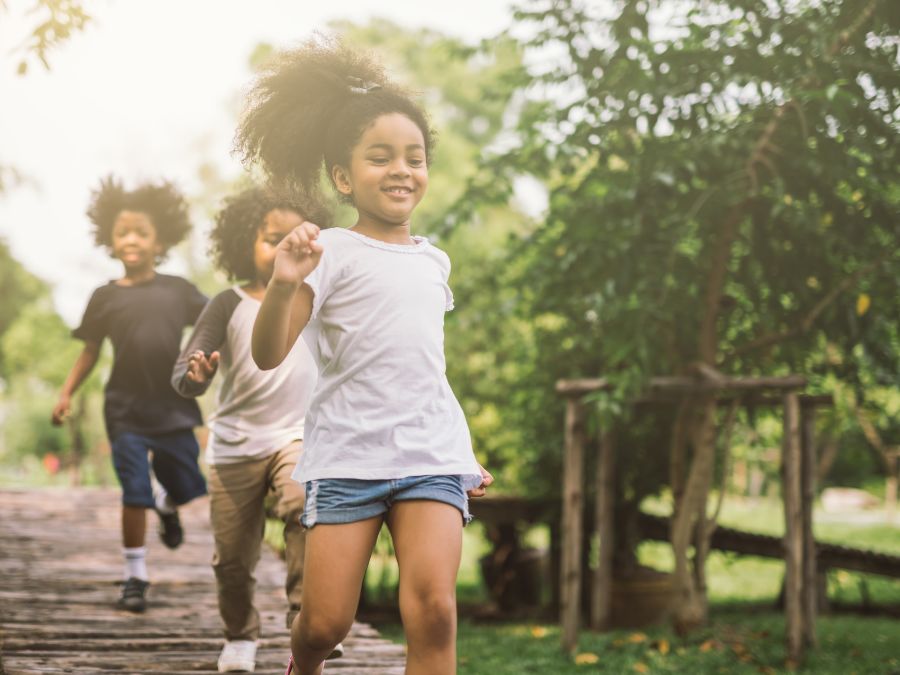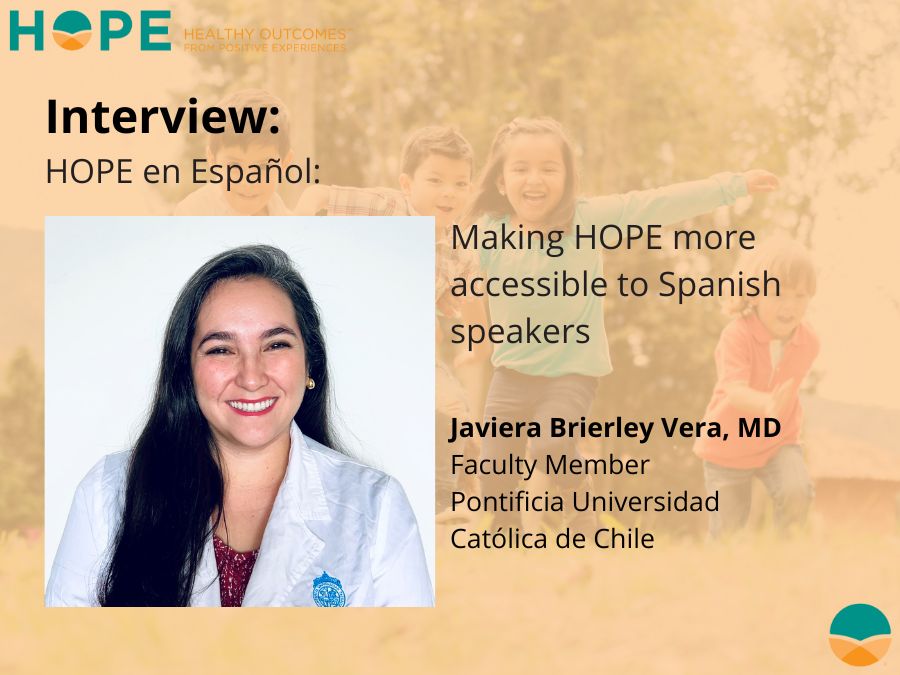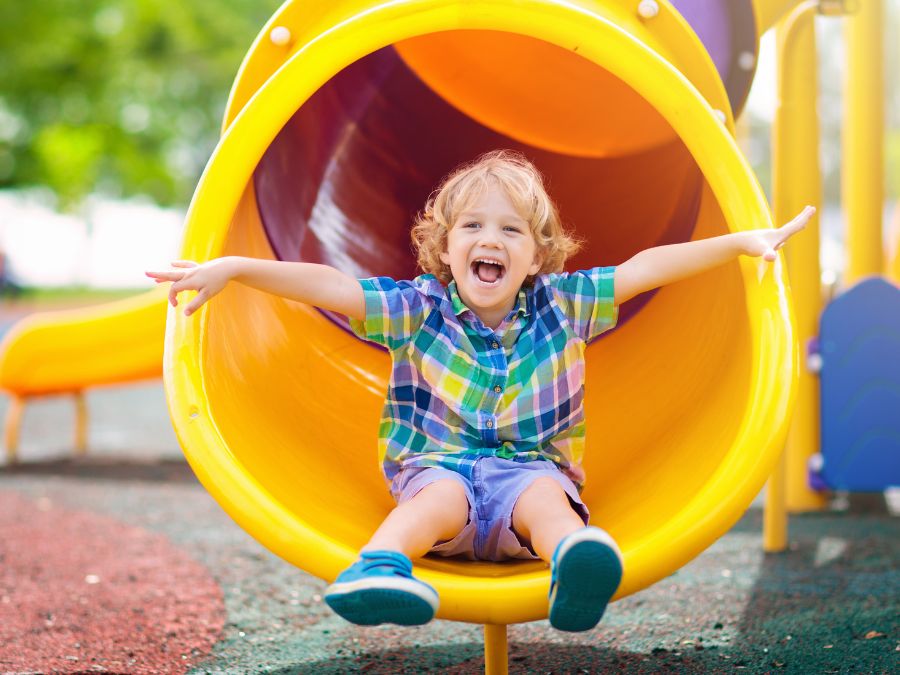
Earth Day is this Saturday, and the HOPE National Resource Center wants to share ideas of actions that help protect the well-being of our planet, and the future of all children. When we promote practices that heal the Earth, we are celebrating all the amazing things this planet provides for us to create positive childhood experiences (PCEs), and happy, healthy children. This is at the core of the safe, stable, and equitable environments building block. Time in nature creates access to the building block of emotional growth. Even practicing sustainability, in itself, can be a way of accessing PCEs. For example, once a week, families can practice the engagement building block by cooking together and thinking about the impact of food choices on the environment, or putting the children in charge of collecting recycling in the home.
Further, learning about a child and family’s access to the natural environment gives service providers insight into how the family practices PCEs already and about some of their barriers to PCEs. Environmental justice recognizes that many communities, often as a result of systemic racism, face greater barriers to healthy natural environments, with higher pollution and consumption of natural resources that play a part in health disparities. Environmental justice aligns with HOPE’s commitment to anti-racism by advocating for all communities to have access to clean air, water, and a safe environment. In turn, children and families can have better access to PCEs, leading to a brighter, healthier future.
Four Building Blocks of HOPE
Relationships – Playing outside, going for a hike, or having a snow ball fight can strengthen relationships with peers or parents by experiencing the outdoors together.
Environment – Healthy environments to live, learn, play, and breathe support lifelong physical health and mental health for children.
Engagement – Spending time volunteering for local efforts to clean up communities by picking up trash, cleaning out local rivers, or advocating on large scale changes, can help children and youth to connect to their communities and know that they belong.
Emotional Growth – Exposure to green spaces and to nature in general promotes emotional growth. When children and youth advocate for the protection of national parks, forests, and our oceans, they learn about their own assumptions and cultural values. These efforts help show children how to value our planet, and maintain these spaces for future generations.
Resources:
- National Geographic – Earth Day
- How to Support Environmental Justice Everyday
- Environmental Justice in Your Community
Actions:
- Learn six new ways to give back to the Earth as a family, How to Celebrate Earth Day for Kids.
- Learn how to take action through this Earth Day Action Toolkit created by EarthDay.org.
- Educators can engage students through this Earth Science Education Toolkit, created by NASA. Use this toolkit to share the amazing explorations of space and the importance of discovering, understanding, and protecting our home planet and its interconnected systems.
- Use this social media toolkit to share pre-made Twitter, Instagram, and Facebook posts throughout the day. Reach out to governments, institutions, businesses, and the more than 1 billion people who participate annually in Earth Day, to do their part for the future.


